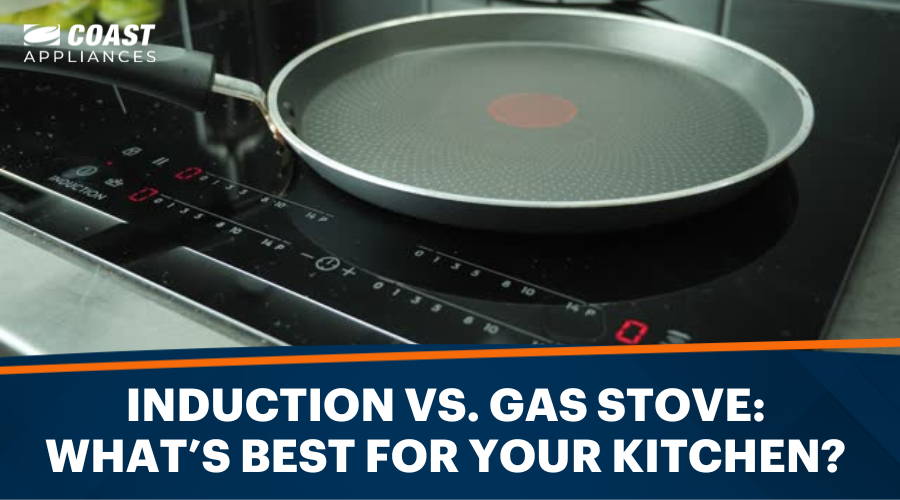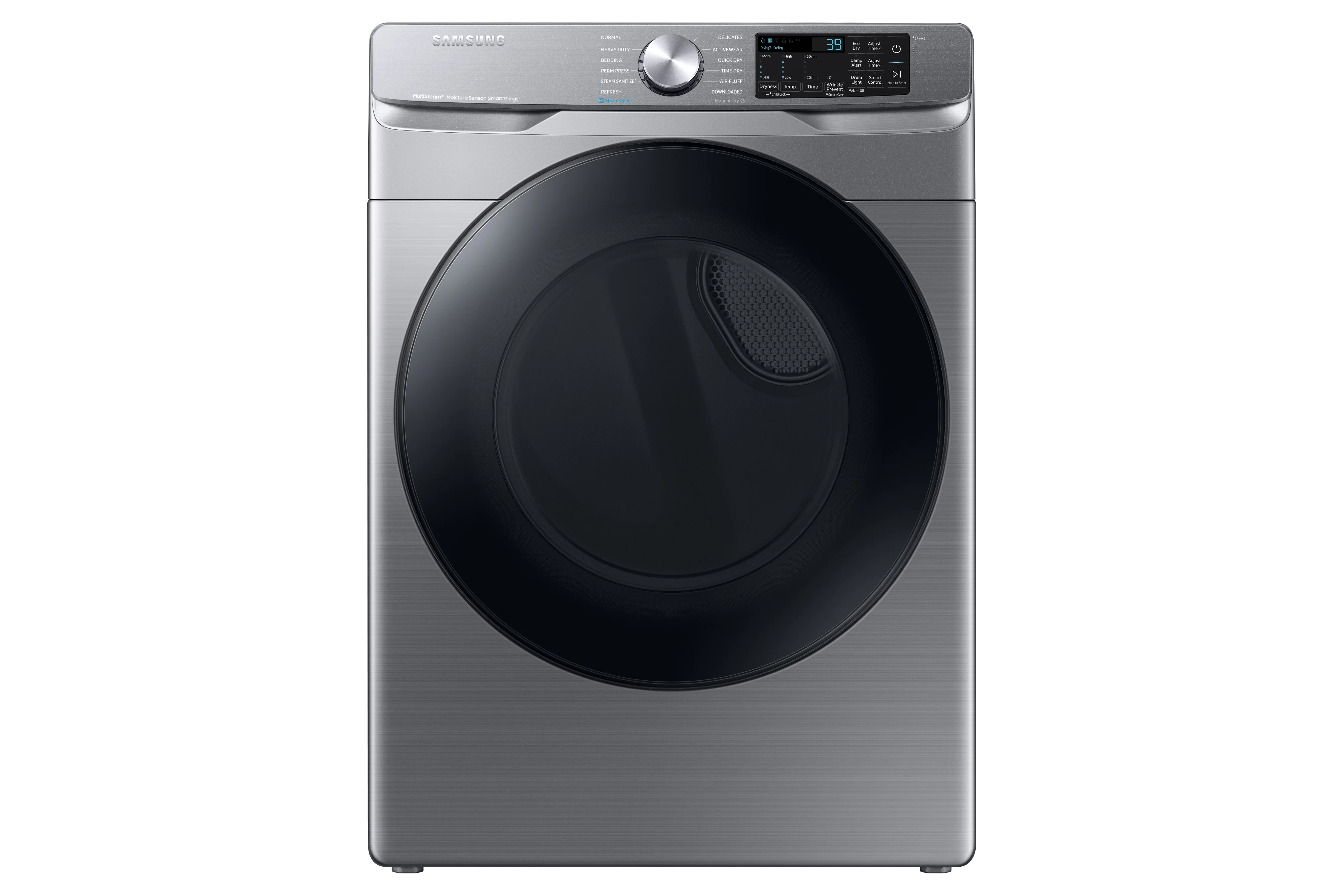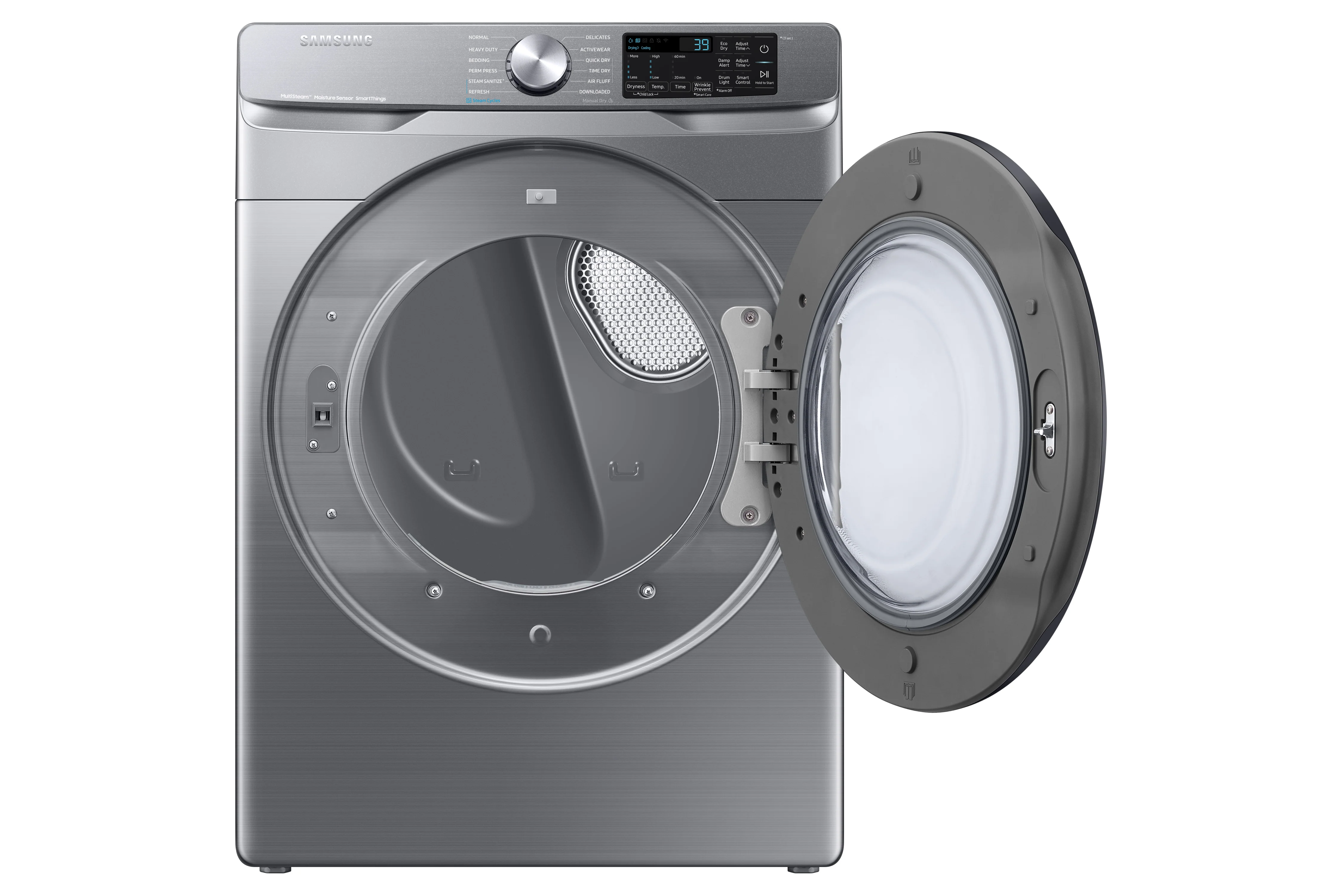When it comes to cooking, one of the age-old debates is whether induction or gas is the superior choice. You’ve got the die-hard fans of precision and efficiency swearing by induction, while old-school traditionalists insist that nothing beats the classic flame of a gas stove. Which one is really better? Well, it’s time to settle the score. If you’re thinking of a kitchen remodel or moving into a new house, join us as we dive headfirst into the heated (pun intended) debate of induction versus gas cooking!
Induction vs. Gas Stove
Before we jump into the sizzling details, let’s briefly explore what an induction stove and a gas stove are all about. An induction stove uses electromagnetic fields to generate heat directly in your cookware. In contrast, a gas stove uses open flames to heat your pots and pans. Both have unique advantages and quirks that can profoundly influence your cooking experience.
Induction stove
Induction stoves have gained popularity recently due to their sleek design and efficient cooking abilities. But are they really superior to gas stoves?
Advantages of Induction Stoves:
-
Energy Efficiency: Induction stoves transfer heat directly to the cookware, resulting in faster and more efficient cooking. This not only saves time but also reduces energy consumption.
-
Safety: Since the stove’s surface doesn’t heat up, there’s a lower risk of burns or accidental fires. This makes them an excellent option for families with young children or those concerned about kitchen safety.
-
Precise Temperature Control: Induction stoves offer precise temperature control, allowing you to instantly adjust the heat. This is particularly beneficial when cooking delicate dishes requiring precise temperature settings.
-
Even Heat Distribution: Electric stoves provide even heat distribution across the entire cooking surface. This ensures food is cooked evenly, reducing the chance of hot spots or uneven cooking.
-
Easy to Clean: Induction stoves have a smooth, flat surface that is easy to clean. Unlike gas stoves, there are no grates or burners to scrub. A quick wipe with a damp cloth is usually sufficient to keep the surface clean and shiny.
Disadvantages of Induction Stoves:
-
Compatibility with Cookware: Induction stoves require specific types of cookware. Only pots and pans with a magnetic base, such as stainless steel or cast iron, can be used on induction stoves. This means you might need to replace some of your existing cookware if you switch to an induction stove.
-
Start-Up Cost: Induction stoves tend to be more expensive than gas stoves. The cost of the stove and the compatible cookware can add up.
-
Noise Levels: Induction stoves can produce a faint humming or buzzing sound when in use. While this may not be a major concern for most users, it’s worth noting if you prefer a completely silent cooking experience.
Gas Stove
Gas stoves have been a popular choice for cooking for many years, and they continue to be favored by chefs and home cooks. Some benefits that make gas stoves worth considering include:
Advantages of Gas Stoves:
-
Instant Heat Control: A gas stove allows you to instantly adjust the flame, providing precise temperature control for cooking. This is particularly beneficial when it comes to tasks requiring quick changes in heat, such as searing or stir-frying.
-
Compatibility with Cookware: Unlike induction stoves, gas stoves can be used with a wide range of cookware materials. Whether you have stainless steel, aluminum, or copper cookware, you can use it on a gas stove without any compatibility concerns. This flexibility allows you to continue using your existing cookware without needing replacements.
-
High Heat Output: Gas stoves are known for their high heat output, making them ideal for tasks that require intense heat, such as boiling water or searing meat. The open flame of a gas stove provides direct heat, allowing for efficient and effective cooking.
-
Lower Operating Cost: Natural gas is more affordable than electricity in many regions, making gas stoves a more cost-effective choice for everyday cooking.
-
Versatility: Gas stoves offer versatility in cooking methods. In addition to stovetop cooking, gas stoves can also be used for broiling and baking. Some models even feature a gas oven, providing a complete cooking solution. This versatility allows for more culinary possibilities and experimentation in the kitchen.
Disadvantages of Gas Stoves
-
Gas Supply Requirement: Gas stoves require a direct supply of natural gas to operate. This can inconvenience homes without access to a natural gas connection. Installing a gas line can involve additional costs and modifications to your kitchen space.
-
Potential Higher Energy Bills: While gas stoves tend to have a lower initial cost than electric stoves, they might result in higher energy bills over time, depending on local energy prices. The efficiency of gas stoves can vary, and your specific region might influence the cost-effectiveness of using natural gas for cooking.
-
Environmental Impact: The combustion process in gas stoves can produce emissions, including carbon monoxide and other pollutants, contributing to indoor air pollution. Proper ventilation is essential when using gas stoves to minimize these effects.
-
Maintenance: Gas stoves can require more maintenance compared to electric stoves. Burners and pilot lights may need regular cleaning to operate efficiently and safely.
-
Open Flame: The open flame in gas stoves poses a safety concern, especially in households with young children or pets. Accidental burns or fires can occur if precautions are not taken.
Induction Stove vs. Gas Stove: Comparison Table
To help you make an informed decision about whether to choose an induction stove or a gas stove for your kitchen, we created a comparison table highlighting the key differences between the two options.
| Feature | Induction Stove | Gas Stove |
| Heat source | Electromagnetic fields | Open flames |
| Heat control | Instantaneous and precise | Instantaneous and precise |
| Cost | Higher initial cost | Lower initial cost |
| Installation | Requires a dedicated electrical circuit | Requires a natural gas connection or propane tank |
| Cooking | Quick heating and even cooking | Quick heating and even cooking |
| Safety | Cooler surface, auto shut-off | Open flame, risk of gas leaks |
| Maintenance | Easy-to-clean smooth surface | Regular cleaning required |
| Sustainability | Energy efficient, less heat waste | Variable energy consumption |
| Compatibility | Some cookware might not work | Compatible with most cookware |
| Aesthetics | Offer a sleek and modern design | Provide a traditional and classic look |
What’s Better: Induction or Gas Cooktop?
Now, the million-dollar question: which is better, induction or gas? The answer isn’t as clear-cut as you might hope. Ultimately, the choice between induction and gas cooktops depends on your specific cooking needs, preferences, and budget.
If you value precise temperature control, quick cooking times, and an energy-efficient approach, induction might be your winner. On the other hand, if you love the visual cues of flames, the familiar feel of gas, and a lower initial cost, then a gas stove might be the perfect fit for your kitchen.
Consider the factors listed above and assess your individual requirements to make an informed decision for your kitchen.
Induction vs. Gas: Switching Stoves
You’ve decided to switch from one stove to another. What now? Trading stoves involves a few steps, like ensuring your cookware is compatible, possibly adjusting your cooking techniques due to the different heating methods, and preparing for potential changes in energy consumption patterns.
Additionally, induction cooktops require a dedicated electrical circuit, so you may need to hire an electrician to install or upgrade your wiring.
Best Induction and Gas Stoves
Choosing between induction and gas stoves isn’t a one-size-fits-all situation. Each type of stove has its own unique perks and details to consider. To help you narrow down your options even further, here’s a quick look at some top-notch induction and gas stoves that can elevate your cooking game:
| Model | Product Name | Features | Expert Review |
Frigidaire Gallery - 5.4 cu. ft Induction Range in Stainless - CGIH3047VF | A sleek and efficient addition to any kitchen. | Perfect temperature precision, auto sizing pan detection, smudge-proof stainless steel. | |
GE Profile - 6.7 cu. ft Electric Range in Stainless - PCS980YMFS | Smart technology, versatile cooking modes. | Blends innovation and performance. | |
KitchenAid - 6.7 cu. ft Induction Range in Stainless - YKFID500ESS | Temperature accuracy, double oven convenience. | Elevates your baking and roasting game. | |
LG - 6.3 cu. ft Induction Range in Stainless - LSE4617ST | Sleek design, ProBake convection, infrared grill. | A perfect blend of style and functionality. | |
Samsung - 5.8 cu. ft Slide-In Gas Range in Black Stainless Steel - NX58K9500WG | True convection, intuitive controls, notched cast iron grates. | Ample space and power for your culinary quests. | |
 | Whirlpool - 36 inch wide Gas Cooktop in Stainless Steel - WCG97US6HS | SpeedHeat™ burner feature technology, hinged dishwasher-safe grates and knobs, AccuSimmer temperature-control. | Effortless heat control for gourmet results. |
For more options, explore our selection of cooking ranges.
Ranges
Browse our full selection today.
FAQs About Induction vs. Gas Stove
What is the difference between an induction stove and a regular stove?
An induction stove uses electromagnetic fields to directly heat cookware. In contrast, a regular stove, like a gas stove, relies on open flames or electric coils to generate heat.
How do I know if my stove is induction?
If a magnet sticks to the bottom of your cookware, it's likely compatible with an induction stove. Alternatively, check the stove's specifications provided by the manufacturer.
What are the disadvantages of an induction stove?
Induction stoves require specific cookware and might emit a slight buzzing sound during operation. Also, they can be initially pricier than traditional stoves.
Can I use cast iron on induction?
Yes, cast iron is compatible with induction stoves as long as a magnet sticks to the bottom of the cookware.
Which is cheaper to use, induction or gas?
Induction stoves might be cheaper in the long run due to their energy efficiency. However, the initial cost of induction stoves can be higher than gas stoves.



















